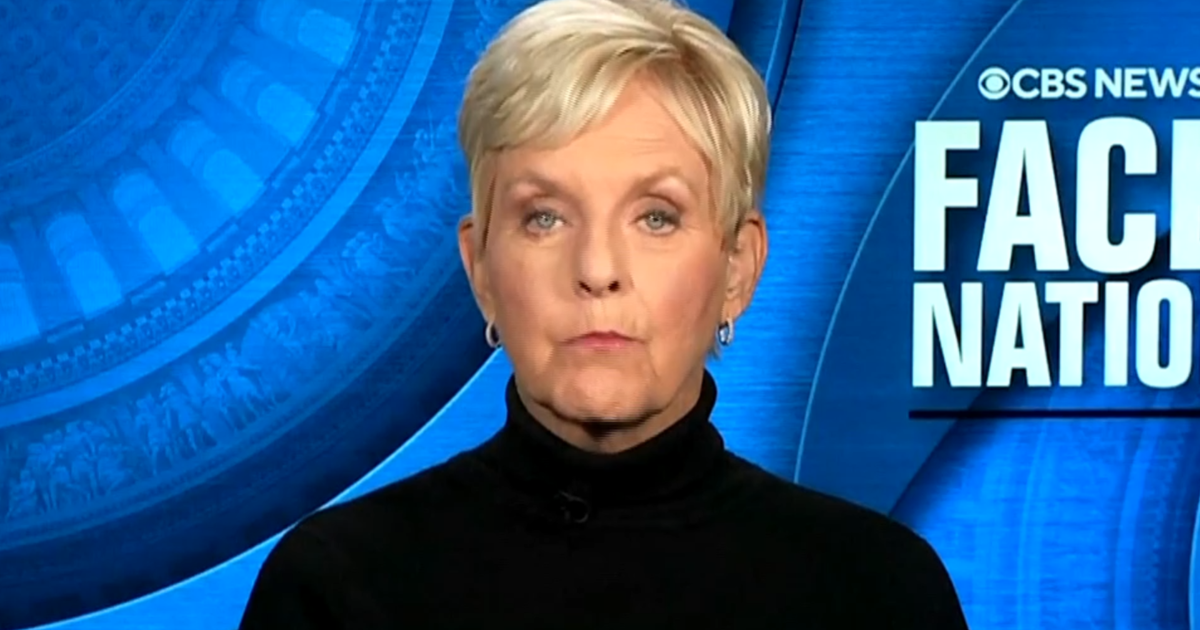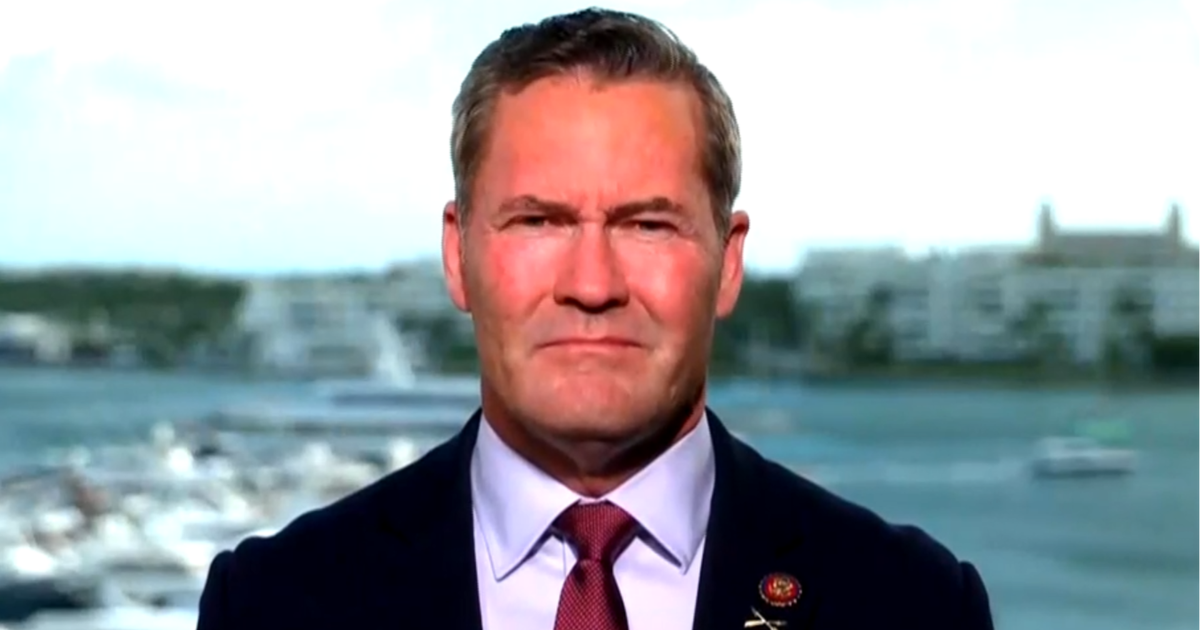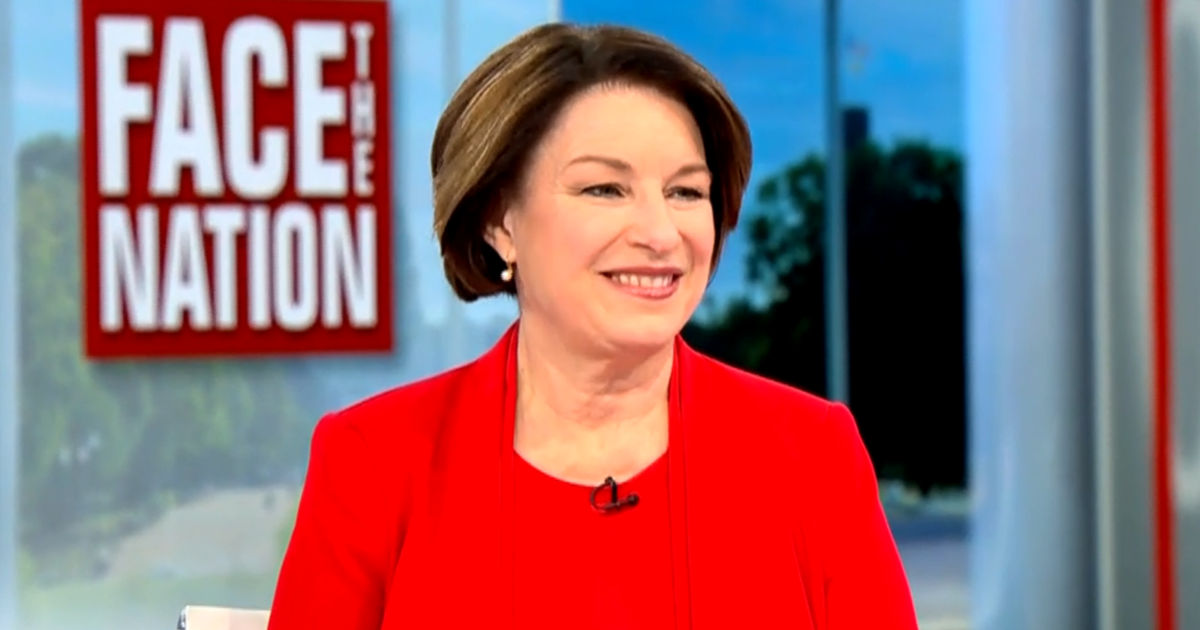Transcript: Scott Gottlieb discusses coronavirus on "Face the Nation," May 3, 2020
The following is a transcript of an interview with former FDA Commissioner Scott Gottlieb by CBS News' Margaret Brennan that aired Sunday, May 3, 2020, on "Face the Nation."
MARGARET BRENNAN: We turn now to former FDA commissioner Dr. Scott Gottlieb, who joins us from Westport, Connecticut this morning. Good morning to you.
DR. SCOTT GOTTLIEB: Good morning.
MARGARET BRENNAN: So these federal social distancing guidelines expired this week. It's a- a different story state to state over what's opening up. But you tweeted this week that you saw some worrying- worrisome signals, specifically when it comes to hospitalization rates. What is the direction of the epidemic?
DR. GOTTLIEB: Well, when you look across the country, it's really a mixed bag. Certainly cases are falling in the Tri-State region around New York City. But when you back out what's happening in New York, and New York is really driving a lot of the national statistics because it was such a large outbreak, around the nation, hospitalizations and new cases continue to rise. So there's about 20 states where you see a rising number of new cases: Illinois, Texas, Maryland, Indiana, Virginia, North Carolina, Tennessee have a lot of new cases on a daily basis. And so while mitigation didn't fail, I think it's fair to say that it didn't work as well as we expected. We expected that we would start seeing more significant declines in new cases and deaths around the nation at this point. And we're just not seeing that.
MARGARET BRENNAN: This morning Dr. Deborah Birx was on another network, and she said our projections were always that we would see between 100,000 and 240,000 Americans' lives lost due to the virus. On Monday of this week, the president said it's probably 60,000 to 70,000 dead. The week before, he said fifty to sixty thousand. Are these White House numbers reliable at all?
DR. GOTTLIEB: Well, the White House was looking at the IHME model out of Washington state. And that model initially showed at the high end 250,000 deaths and a base case of 100,000. But it's come down since then to about 70,000. It's starting to creep back up when you look at the updates of that model over the last two weeks. I think we have to look out to what's going to happen by the end of June. It's really hard to predict beyond June where this goes because we could have large outbreaks or it could become quiescent in the summer. But I think when you look out to the end of June, it's probably the case that we're going to get above 100,000 deaths nationally. I think the concerning thing here is that we're looking at the prospect that this may be a persistent spread, that while the doubling time has come down dramatically to about 25 days. So the amount of days it takes for the epidemic to double in size is about 25 now, from days or less than a week at the outset of this epidemic. We may be facing the prospect that 20,000, 30,000 new cases a day diagnosed becomes the new normal and a thousand or more deaths becomes the new normal as well. Right now we're seeing, for about 30 days now, about 30,000 thousand cases a day and 2,000 deaths a day. And if you factor in that we're probably diagnosing only one in 10 infections, those 30,000 cases are really 300,000 cases.
MARGARET BRENNAN: Persistent spread is what you called it. So if we're going back to reopening business and life in America, what does that look like? You had airlines this week issue new guidelines. They're asking people to wear masks, giving them to them when they board. If someone has asthma, if someone has diabetes, something that makes them vulnerable. Is it safe for them to get on a plane when there's persistent spread?
DR. GOTTLIEB: Well, this may be the new normal. And we need to know what that looks like, and it's going to be a case where people who have comorbidities, have conditions that could lead to a bad outcome if they get infected, are going to need to be very careful. That may be the future that we're looking at. You know, the challenge is that if we see this slow simmer through this summer- maybe this summer's a backstop to spread, I think it will be. But we see this sort of persistent 20,000 cases a day, maybe 30,000, but it probably comes down a little. We see a persistent 1,000 or more deaths a day. That's through this summer. But what happens when we come back in the fall and schools are back in session, colleges are back in session- residential college campuses. People are letting their guard down a little bit more. People are back at work after an August recess. And then you can see this slow simmer explode into a new epidemic or large outbreaks. That's the concern, that if we don't snuff this out more and you have this slow burn of infection, it can ignite at any time.
MARGARET BRENNAN: You've been warning of looking ahead to the fall, that that hasn't been addressed yet. You've also talked to us about this drug, remdesivir, that the FDA gave emergency authorization for this week. Is that one of the tools in the tool box that you say will exist in the fall that could make this better?
DR. GOTTLIEB: That's right. I think the more that we see persistent infection, the more we're dependent upon a technological change to really be an inflection point in this epidemic. Remdesivir is an effective drug. It's going to help some patients, especially when used early in the course of disease, to reduce hospitalizations and reduce death. There's also the antibody drugs that we talked about that could be available by the fall. And vaccines may be available by the fall in doses sufficient to ring fence infections in cities while we continue to study them to make sure they're safe and effective for mass inoculation. I think the more that the government accepts the fact that there's just going to be persistent spread and they want to open the economy against that backdrop, the more they better be doubling down on the technology--
MARGARET BRENNAN: Yeah.
DR. GOTTLIEB: --and make sure that we're doing everything we can to get those drugs in time for the fall.
MARGARET BRENNAN: You said there may be a vaccine by the fall? That- the Trump administration has set January in this "Operation Warp Speed" as their goal for 300 million doses. Do you think it'll be ready before that?
DR. GOTTLIEB: Well, I think what we're going to have in the fall is hopefully multiple manufacturers that have cleared early stage safety trials and have millions of doses that could be deployed in large- large scale studies inside cities. And so what you would do is deploy the vaccine in the setting of an outbreak in a city to both test whether it's safe and effective. So you're continuing to study it, but you're also using it potentially therapeutically to ring fence an outbreak. I think we're going to be in a position to do that. And I know companies are working on protocols, designing trials, to engage in that kind of deployment of vaccines. What we need right now is more than one manufacturer to be successful. We need multiple manufacturers, U.S. based manufacturers, to have vaccines ready to deploy in time for the fall.
MARGARET BRENNAN: You know, the country's two largest known coronavirus clusters are in prisons in Ohio. You hear about clusters in nursing homes, also in meat processing plants. There's a school of thought that says because these are highly concentrated, that somehow they're more manageable. What do you make of that argument?
DR. GOTTLIEB: Well, it's true to some extent. It might not be more manageable, but it's more vulnerable, and I think we need to understand that. Disadvantaged communities and certain kind of institutional settings where people can't naturally social distance are hotspots. They're very vulnerable. And we need to be putting resources into those kinds of settings. And it's not just the shop floors and warehouses and workers who are vulnerable to infection because of the way they work. That's certainly part of the story. But it's also people who come from communities where they have to take mass transit. They can't naturally social distance. They don't have access to good health care to begin with and can't get access to testing. Those communities are very vulnerable, and the data now supports that. We're seeing pockets of intense spread in these kinds of settings and these kinds of communities, and we should be pouring resources in to help those people.
MARGARET BRENNAN: Dr. Gottlieb, thanks as always, for your insight.
DR. GOTTLIEB: Thanks a lot.
MARGARET BRENNAN: FACE THE NATION will be back in one minute. Stay with us.



